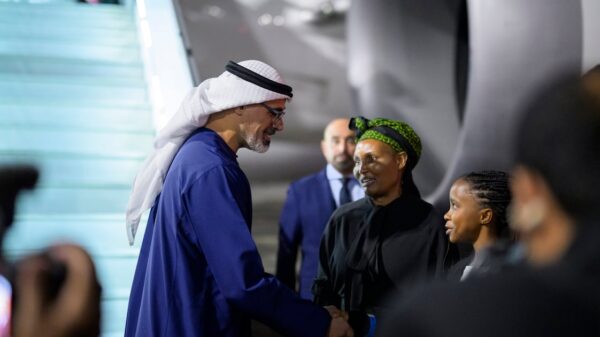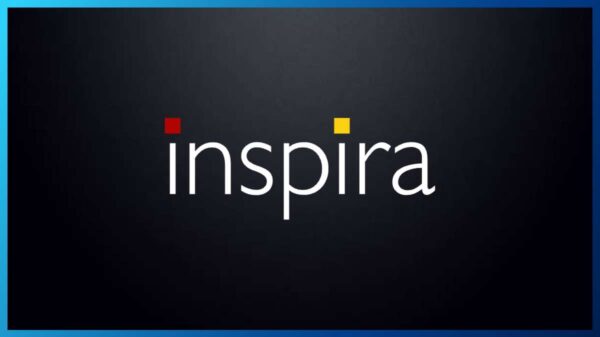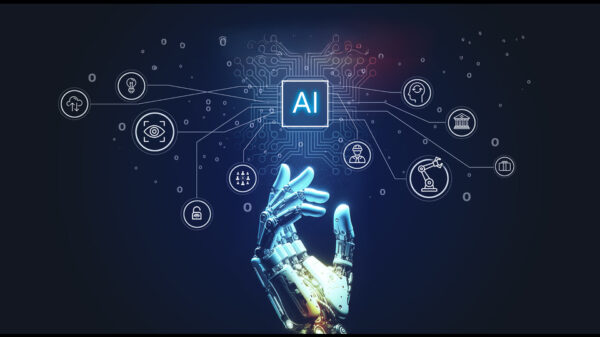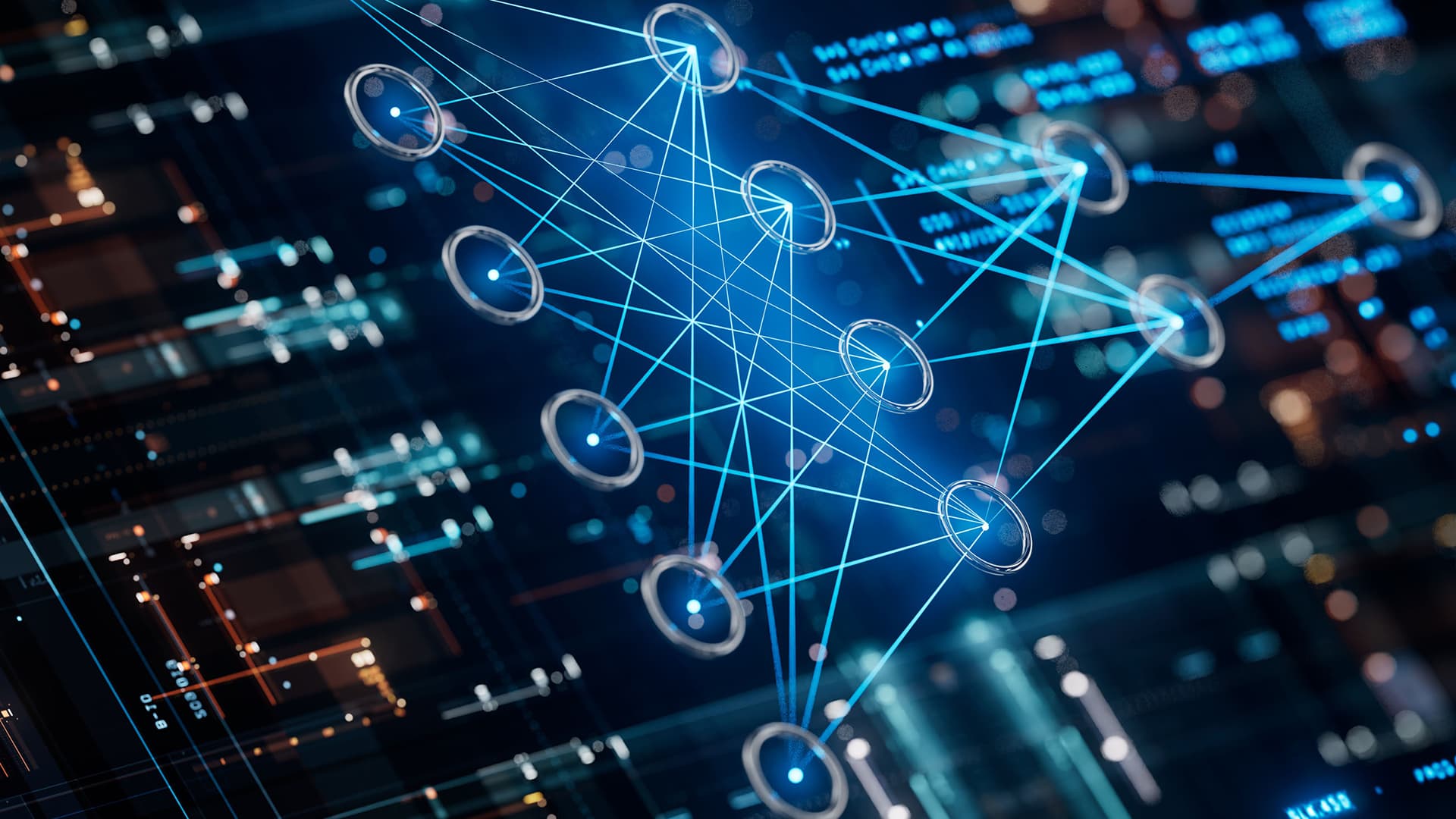The enterprise artificial intelligence (AI) landscape is experiencing a significant transformation. Initially focused on predictive analytics and chatbots, the technology has now advanced to autonomous agents capable of reasoning, acting, and adapting with little human intervention. For CIOs, CFOs, and IT leaders, this shift presents both an opportunity and an imperative, as organizations that effectively deploy agentic AI can achieve measurable competitive advantages. Conversely, those that fail to embrace this technology may risk being outpaced by more agile competitors.
Research from an IDC study sponsored by Microsoft reveals that companies generally realize an average return of 10 times for every dollar invested in AI. Generative AI (GenAI) typically sees deployment within eight months, with value realization occurring approximately 13 months later. However, the journey toward this value involves more than merely adopting new technologies; it requires fostering a culture of innovation and garnering stakeholder support for transformative changes in workflows.
What Makes Agentic AI Different
Unlike traditional AI, which assists humans, agentic AI operates autonomously, executing tasks on behalf of users. Earlier AI generations aimed to augment human capabilities—surfacing insights, answering queries, and generating content—but these functions necessitated continuous human oversight. In contrast, agentic AI comprehends objectives, navigates complex workflows, and makes contextual decisions independently within defined guardrails.
For example, traditional AI might flag a supply chain exception and suggest next steps, while agentic AI can identify the issue, draft supplier communications, update purchase orders in Microsoft Dynamics 365, and monitor the resolution process autonomously, only escalating issues when specific thresholds are breached. Microsoft Dynamics 365 Supply Chain Management now includes supplier communication agents to streamline these complex workflows, enhancing procurement operations.
According to insights shared at the recent Dynamics Community Summit, 2025 is poised to mark the emergence of the “Frontier firm,” characterized by early AI adopters with comprehensive enterprise deployment, advanced capabilities, and a firm belief in AI’s return on investment.
Agentic AI is not about replacing humans; it is about redefining the collaborative landscape between humans, technology, and machines to enhance value creation.
The path to adopting agentic AI is often depicted as a maturity journey, with organizations positioned along a spectrum from basic automation to fully autonomous operations. This journey consists of five distinct levels, each representing various capabilities and strategic approaches to enterprise automation and agentic AI. Organizations may launch initiatives at different levels based on their readiness and business goals.
The initial level focuses on establishing a strategic vision paired with a robust governance framework, such as creating an AI Center of Excellence. As organizations progress, they can deploy pilot programs that leverage machine learning for specific tasks, ultimately moving toward partial autonomy where AI systems can execute multistep tasks with human oversight. Higher levels of maturity integrate AI deeply into organizational strategies, allowing for high and full autonomy, where AI operates independently across complex scenarios.
In evaluating the business case for agentic AI investments, CFOs often seek clear evidence of returns. Concrete examples illustrate this potential: a global real estate firm automated payroll audits through Azure Functions and Logic Apps, reducing processing time from three weeks to about one hour—a 99% reduction—while adhering to compliance requirements. Similarly, a national healthcare provider modernized its infrastructure and automated incident response, speeding report generation from hours to minutes and achieving 100% uptime during a cloud disaster recovery drill.
Technology choices play a crucial role in this landscape. For enterprises already using Microsoft products, the transition to agentic AI is streamlined through native integrations. Microsoft 365 Copilot serves as an entry point, embedding AI capabilities into familiar applications, while Copilot Studio allows for the design and governance of enterprise agents. Azure AI Foundry offers a comprehensive platform for model selection and customization, addressing compliance concerns that often hinder AI adoption.
Effective governance structures are equally vital for successful AI deployment. Establishing an AI Center of Excellence with clearly defined accountability ensures that organizations can manage risks and comply with evolving regulations. Microsoft provides a robust security and compliance stack encompassing tools like Microsoft Purview and Microsoft Defender for Cloud Apps, which support the governance of agentic AI operating at scale.
Organizations looking to embark on this journey should assess their readiness for AI integration through a thorough evaluation of current capabilities and establish an AI Center of Excellence to formalize governance frameworks. Initial pilot projects should focus on high-value use cases, implementing governance from the outset to ensure successful outcomes. Tracking metrics from the beginning will help measure the impact and scalability of AI initiatives.
The competitive landscape for agentic AI is rapidly evolving, and organizations that successfully integrate these technologies into their core operations are likely to gain significant advantages. While the technology infrastructure is in place, the primary challenge lies in execution—defining strategies, establishing governance, prioritizing use cases, and measuring outcomes. As businesses navigate this transformative landscape, balancing ambition with practical implementation will be essential for turning AI potential into tangible results.
 Trump Launches ‘Genesis Mission’ to Harness AI for Scientific Breakthroughs and Economic Growth
Trump Launches ‘Genesis Mission’ to Harness AI for Scientific Breakthroughs and Economic Growth Global AI Regulations: EU Act and California Law Set 2025 Standards for Ethical Innovation
Global AI Regulations: EU Act and California Law Set 2025 Standards for Ethical Innovation OpenAI Launches Free ChatGPT for Teachers, Enhancing Classroom AI with 2027 Access
OpenAI Launches Free ChatGPT for Teachers, Enhancing Classroom AI with 2027 Access Google’s Axion CPUs and TPUs Threaten Nvidia’s Dominance in AI Cloud Computing
Google’s Axion CPUs and TPUs Threaten Nvidia’s Dominance in AI Cloud Computing AI Could Automate 57% of U.S. Work Hours, Yet Human Skills Remain Essential, McKinsey Reports
AI Could Automate 57% of U.S. Work Hours, Yet Human Skills Remain Essential, McKinsey Reports

































































